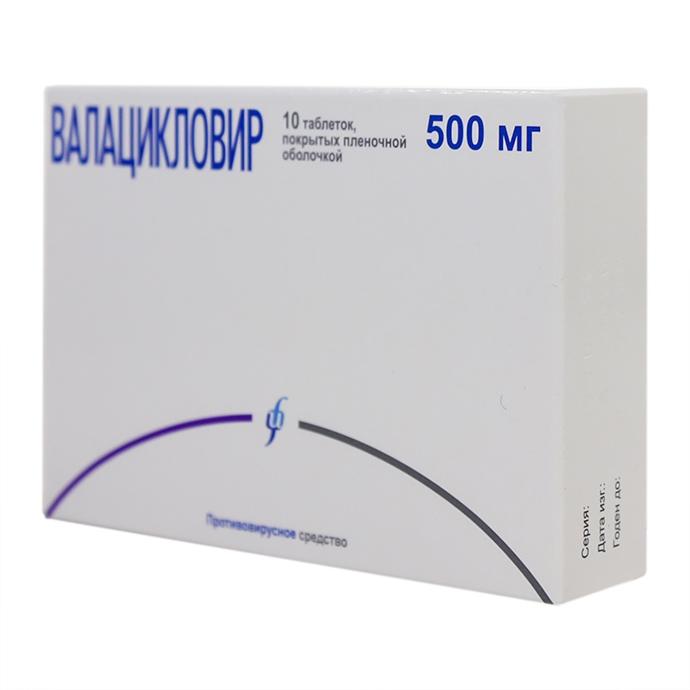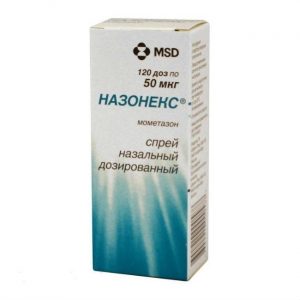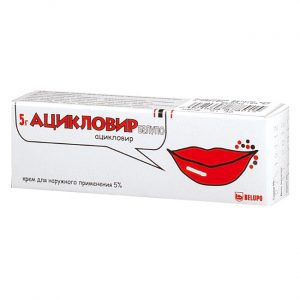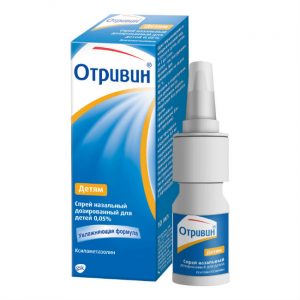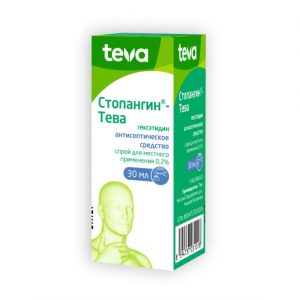Description
Pharmacological action
Antiviral agent of the nucleoside analogue group. Valaciclovir is an acyclovir L-valine ester, thus being a prodrug.
After absorption into the blood, valaciclovir is almost completely converted to acyclovir under the influence of the hepatic enzyme valaciclovir hydrolase. Acyclovir formed from valaciclovir, in turn, penetrates into the cells affected by the virus, where, under the influence of the viral enzyme, thymidine kinase is converted into monophosphate, and then, under the influence of cellular kinases, into diphosphate and active triphosphate. Acyclovir triphosphate inhibits DNA polymerase and, thus, disrupts the replication of the DNA of the virus. In addition, impaired viral DNA replication may result from the incorporation of acyclovir into its structure. Thus, the high selectivity of valaciclovir for tissues affected by the virus is due to the fact that stage I of the phosphorylation reaction chain is mediated by the enzyme produced by the virus itself.
Active against Herpes simplex viruses types 1 and 2, Varicella zoster, cytomegalovirus, Epstein-Barr virus, human herpes virus 6.
Pharmacokinetics
After oral administration, valacyclovir is well absorbed from the gastrointestinal tract, quickly and almost completely turns into acyclovir and L-valine under the action of the enzyme valaciclovirhydrolase.
After a single dose of 0.25-2 g of valaciclovir, Cmax of acyclovir in healthy volunteers with normal kidney function averages 10-37 Ојmol (2.2-8.3 Ојg / ml) and is achieved after 1-2 hours.
Acyclovir bioavailability when taken from 1 g of valaciclovir 54% and does not depend on food intake.
Cmax of valaciclovir in plasma is only 4% of the level of acyclovir and is achieved on average 30-100 minutes after taking the drug after 3 hours the Cmax level remains the same or decreases.
The binding of valaciclovir to plasma proteins is very low – 15%.
In patients with normal renal function, T1 / 2 of acyclovir is about 3 hours. Valacyclovir is excreted in the urine, mainly in the form of acyclovir (more than 80% of the dose) and its metabolite 9-carboxymethoxymethylguanine, less than 1% of the drug is excreted unchanged.
In patients with end-stage renal failure, T1 / 2 of acyclovir is approximately 14 hours.
In late pregnancy, the steady-state daily AUC after taking 1 g of valacyclovir was approximately 2 times greater than that of acyclovir at a dose of 1.2 g / day.
In organ transplant recipients receiving 2 g of valaciclovir 4 times / day, Cmax of acyclovir is equal to or superior to that of healthy volunteers receiving the same dose of valaciclovir, and their daily AUC is much higher.
Indications
Treatment and prevention of infectious diseases caused by Herpes zoster.
Prevention of cytomegalovirus infection developing during organ transplantation.
Contraindications
Hypersensitivity to valaciclovir, acyclovir.
Use during pregnancy and lactation
Adequate and strictly controlled safety studies of the use of valaciclovir during pregnancy and lactation have not been conducted. Application in this category of patients is possible in cases where the expected benefit of therapy for the mother outweighs the potential risk to the fetus or infant.
It is known that acyclovir, a metabolite of valaciclovir, is excreted in breast milk in concentrations 0.6–4.1 times higher than its plasma concentration. T1 / 2 of acyclovir from breast milk is 2.8 hours, which is comparable to T1 / 2 from blood plasma.
In experimental studies, valaciclovir did not exert teratogenic effects in rats and rabbits. When taken orally, valaciclovir did not cause fertility disorders in male and female rats.
mechanisms. Special instructions
Older patients need to increase their fluid intake during treatment.
Patients with renal failure have an increased risk of developing neurological complications when taking valaciclovir.
Use with caution in patients with liver disease.
There is no clinical experience with children.
Dosage and administration of
When administered orally, the single dose for adults is 0.25-2 g. The frequency and duration of treatment depend on the indications.
Patients with severe renal impairment require dosage adjustment.
Side effects of
on the digestive side: nausea, discomfort, abdominal pain, vomiting, diarrhea, anorexia rarely – a transient increase in liver function tests.
From the side of the central nervous system: headache, fatigue, dizziness, confusion, hallucinations rarely – impaired consciousness in some cases – coma (usually in patients with impaired renal function or other predisposing factors).
Allergic reactions: rarely – rash, urticaria, pruritus, angioedema, anaphylaxis.
Other: rarely – thrombocytopenia, dyspnea, renal dysfunction, photosensitivity.
Terms of delivery from
pharmacies Prescription
dosage form
tablets
chenie
for Adults on the appointment of doctor Appointment
Indications
Colds, Shingles, Chickenpox, Herpes, Cytomegalovirus infection
Izvarino Pharma, Russia
